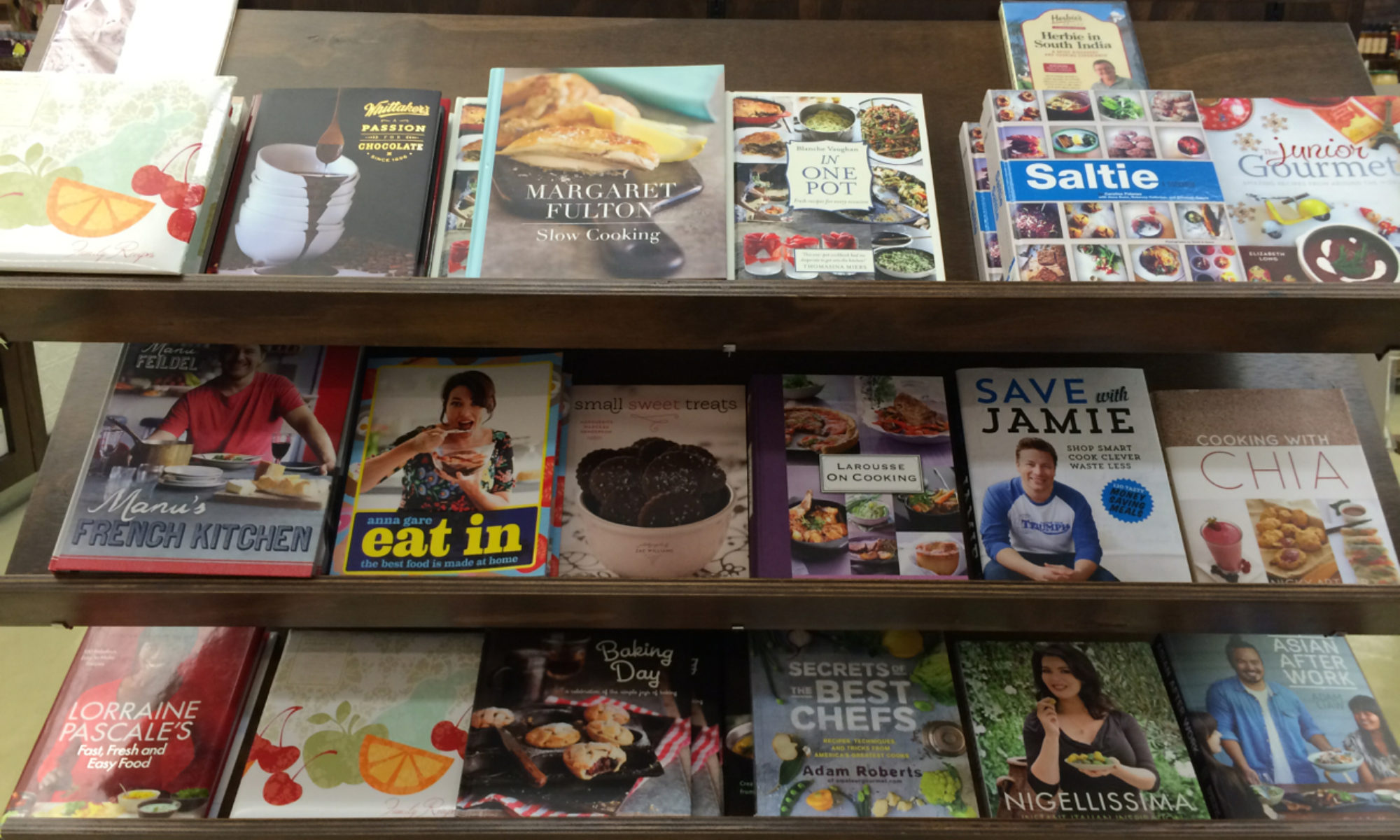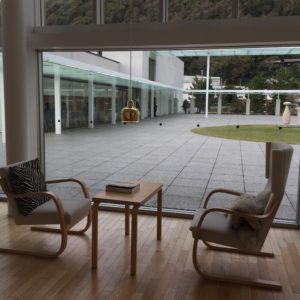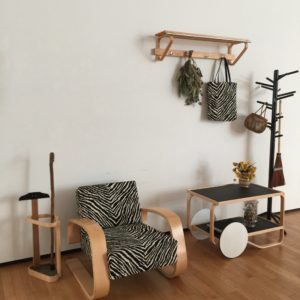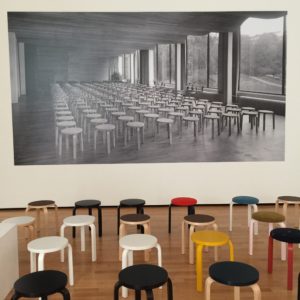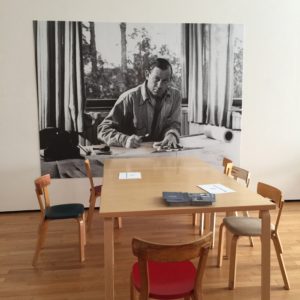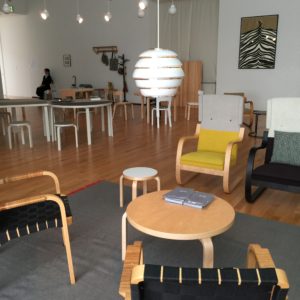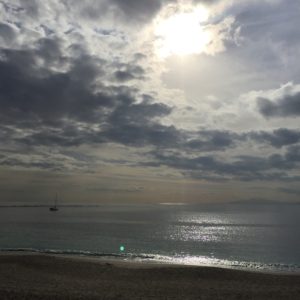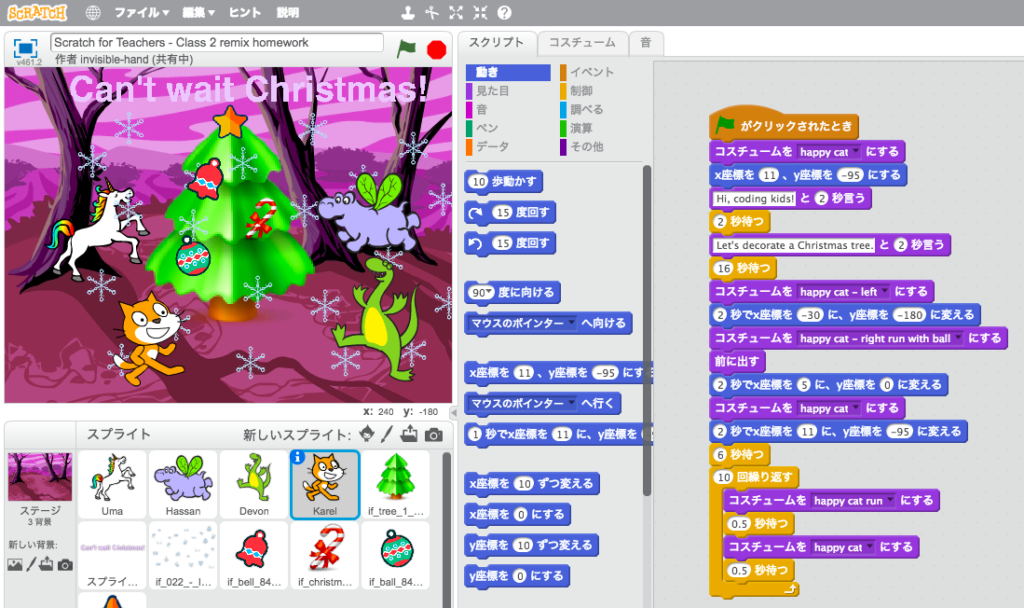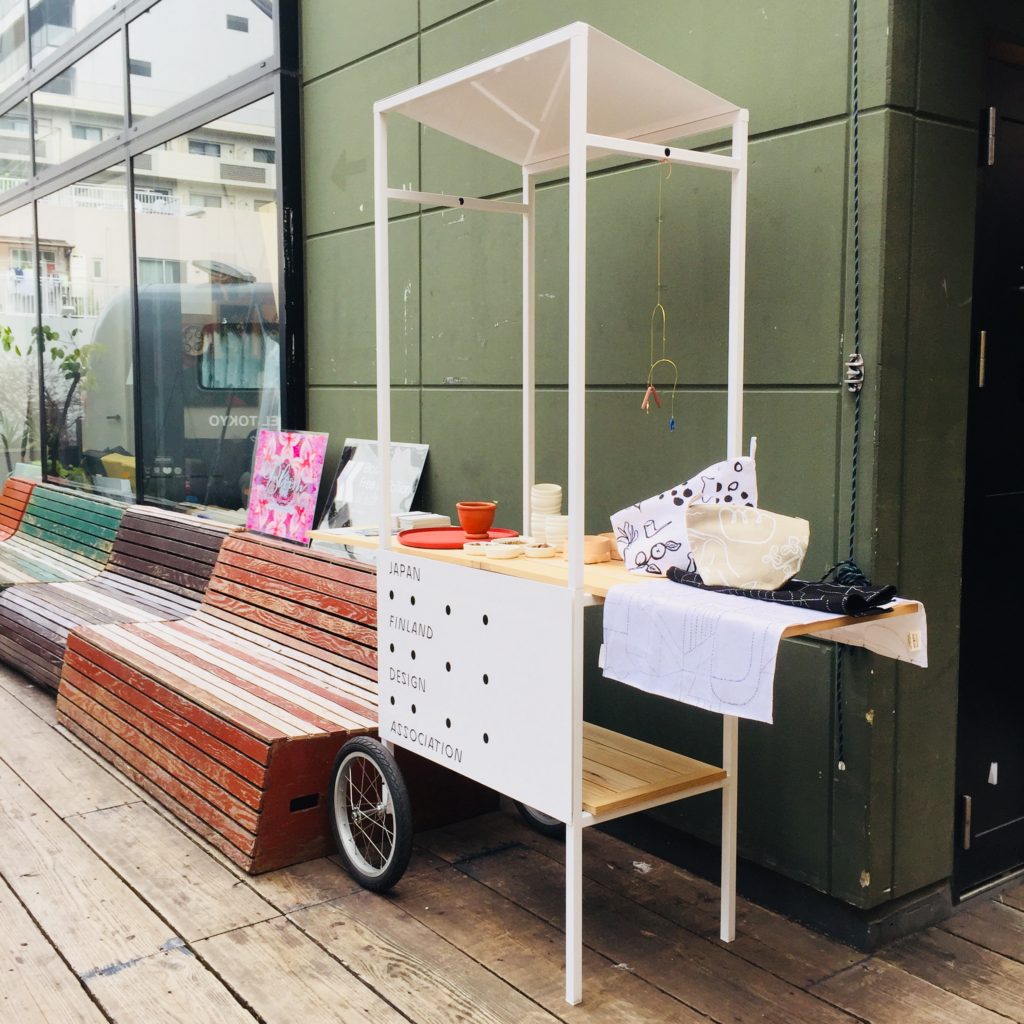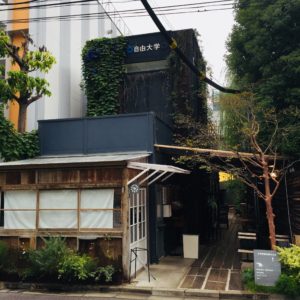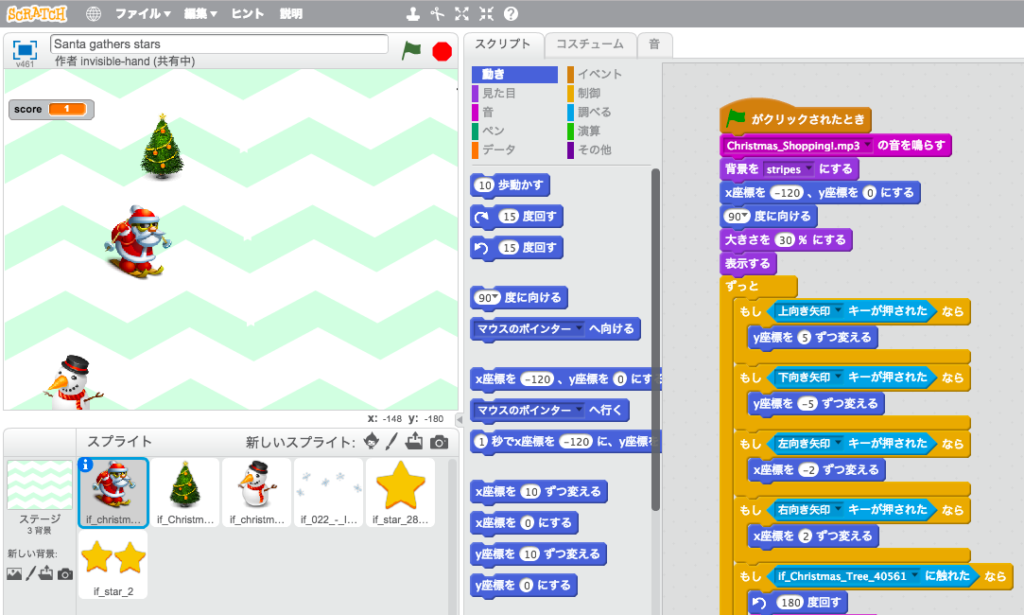
Five weeks have passed since I joined Learning Creative Learning or LCL which is online community organized by the Lifelong Kindergarten group at the MIT Media Lab. Today, I think what is so special about the kindergarten approach to learning? Why do I think it is a good model for learners of all ages?
Remember your kindergarten activity
At the time of kindergarten, I imagined fantastic stories, played with sands, made mountains, dug tunnels and collaborated with friends. When the mountain collapsed, the teacher or parent came over and encouraged us. They showed or advised the importance of foundation and the children could notice to solidify the foundation using water. Based on these experiences going through the spiral, the children could imagined the new ideas and new directions. LCL defines these processes as the Creative Learning Spiral.
The Creative Learning Spiral
The Creative Learning Spiral is the creative process as kindergarten children play with blocks, build castles, and tell stories (Resnick, 2017). It is the engine of creative thinking. After kindergarten, most people shift away from the Creative Learning Spiral. Students spend much time for sitting at desk, filling out worksheet, and just listening to lectures. I may have forgotten this spiral since childhood. However I revived this spiral again after joining LCL community. Interestingly, my 8 years old daughter is faster to create something than me. She made some creatures with blocks/crews, sewed the clothes for dolls, and made scratch projects during I was thinking. It was one of discoveries through LCL.
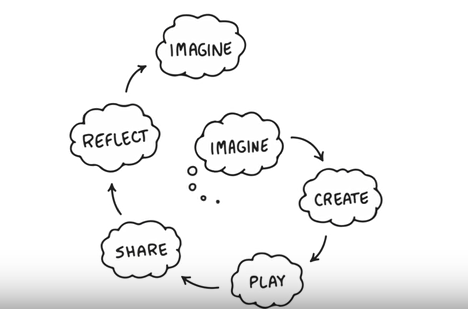
The Creative Learning Spiral
(Resnick, 2017. Lifelong Kindergarten. p11.)
Creative learning framework: Four P’s
In the LCL community, we learned the creative learning spiral and big ideas of creative learning including four P’s. Four P’s, a framework for creative learning, means Projects, Passion, Peers and Play. We focused on the one P’s in a week, learned the concept by watching videos and reading articles/books, moved hands and made things, shared the ideas and discussed in the community.
Learning Creative four P’s
- Projects: We focus on learning through making, and reflect on the creative process through Creative Learning Spiral.
- Passion: We explore motivation in learning, along with strategies to engage people in meaningful experiences.
- Peers: We focus on learning social activity. We explore remixing and support people connecting to each other to share ideas, collaborate on projects, and build on one another’s work.
- Play: We playfully explore Play. We discuss different types of paly, provide opportunities for tinkering, and share strategies to promote a playful approach to learning.
(LCL Website)
Through weekly activities, I made two Scratch projects and my daughter also made her projects. Scratch is guided by these four P’s of creative learning.
Sierpingski gasket
A rotating snow-girl draws Sierpinski gasket.Please enjoy with a Christmas song.
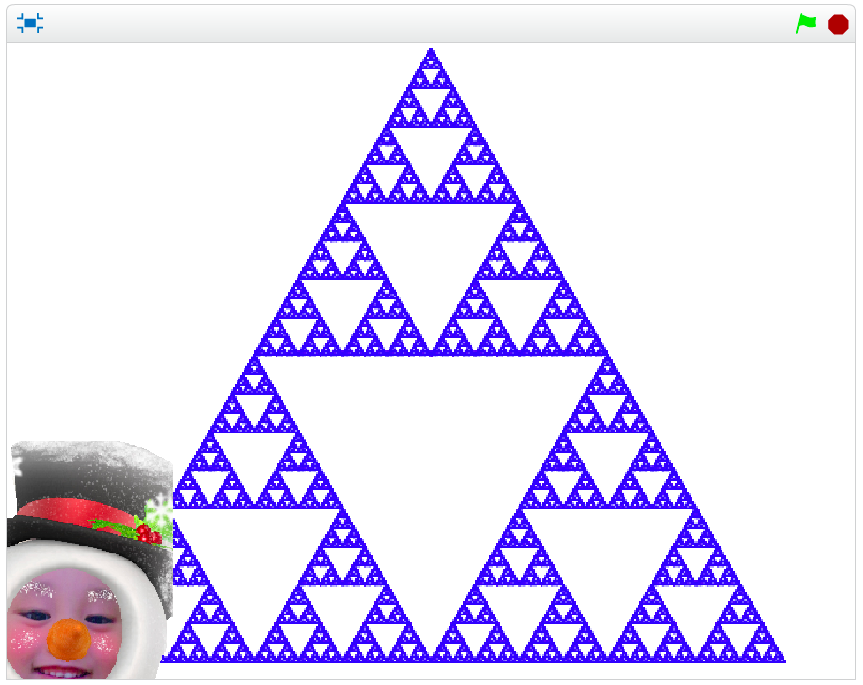
Santa gathers stars
This is the game. You are a Santa. Let’s save stars avoiding Christmas trees and snowmen. If Santa touch a Christmas tree and a snowman, the game is over.
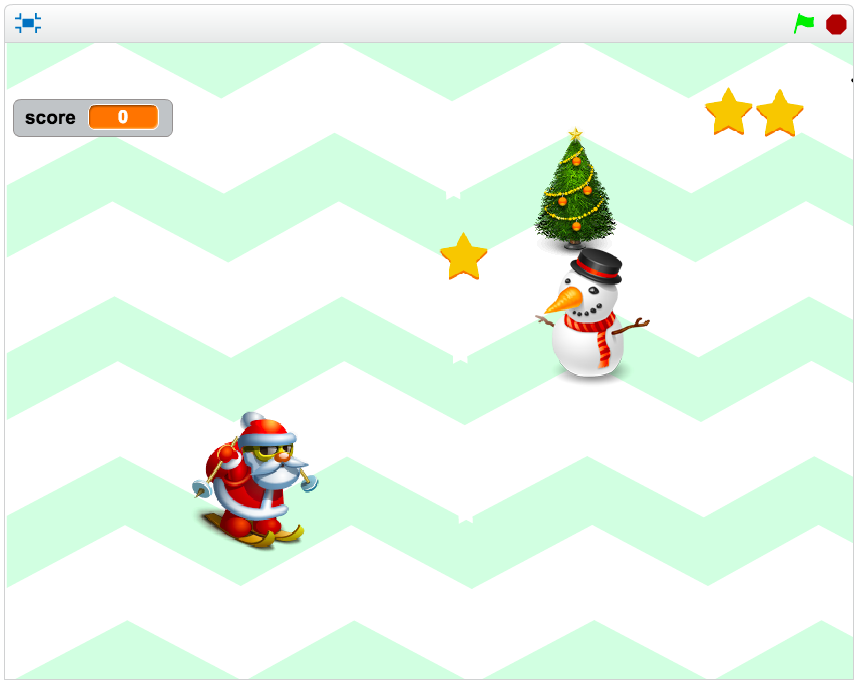
I wrote about my childhood toys before. I introduced my favorite plastic models. Now I found playing with plastic models or any other existing toys were like playing in a playpen. There are only fixed and limited manuals/rules. These processes are much more efficient, however less creativity and agility. According to Resnick (2017), Danish has two different words for play. The word spille is used to describe the types of play that have a defined structure and sets of rules, like playing sports or playing a video game, whereas the word lege is used to describe play that is imaginative and open-ended, without an explicit goal. It seems appropriate that the Danish toy company is named LEGO, a contraction of lege with godt, meaning play well. In our surroundings, I feel there are so many things as a playpen. These are also existed in trendy programming and robot making curricula because these only provide the way people traces the codes that were taught. Do we image fantasy? Do we create, play, share and reflect? If we do not and just proceed with manuals/rules, it can not cultivate creative learning. I would like to enjoy the way what I did in the kindergarten. I think the kindergarten approach is a good model for all ages learners.
References
- Resnick, M. (2017). Lifelong Kindergarten. Cultivating Creativity through Projects, Passion, Peers, and Play. The MIT Press.
- LCL Website. Retrieved from https://learn.media.mit.edu/lcl/
